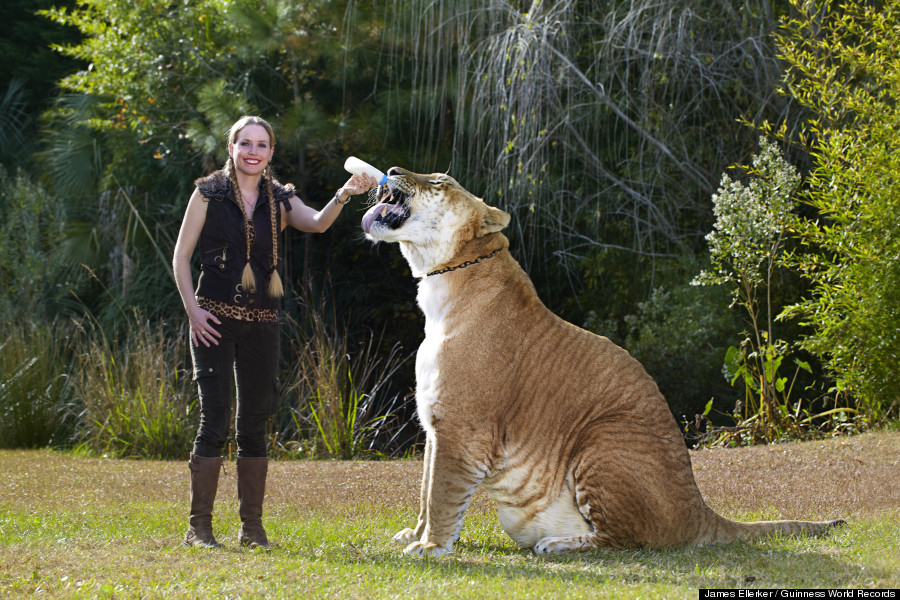Week 6 Blog Assignment | BioTech + Art
 |
| Scientists Breed Glow-in-the-Dark Rabbits |
This week's material peaked my curiosity towards the idea of animal modification and genetic restructuring at the hands of human intervention. One of the most interesting facets of this week's material for me was the glow-in-the-dark bunny, which inspired me to delve more into recent studies in animal genetics.
Surprising to me was how the researchers hope that the technique can lead to new ways to produce medicines, and that the rabbits are expected to have the same life span as their non-glowing counterparts, but research-lead Moisyadi said he understands people can object to this kind of experimentation involving live animals. [Holpuch]
The key question that I posed this week was this: How much control do researchers/people really have over genetic modifications? What rules do we impose on ourselves as guidelines and why?
Ultimately, the genetic engineering of animals has increased significantly in recent years, and the use of this technology brings with it ethical issues, some of which relate to animal welfare — defined by the World Organisation for Animal Health as “the state of the animal…how an animal is coping with the conditions in which it lives. One of the pressing concerns regarding experiments such as the glowing rabbits is the sheer number of animals required for experimentation. Many of the embryos that undergo genetic engineering procedures do not survive, and of those that do survive only a small proportion (between 1% to 30%) carry the genetic alteration of interest [Ormandy].
 |
| The Liger - Hybridized Jungle Cat, The Largest in the World |
Hercules is a liger -- the hybrid offspring of a male lion and a tigress -- who lives at the Myrtle Beach Safari in South Carolina. Ligers, which do not exist in the wild [Jaregui] and stories like Hercules represent controlled genetic modification for human entertainment and sight-seeing rather than medical purposes or scientific advancement.
Trailer for Jurassic World - ft. Genetic Modification
In a more readily practical scenario than medicinal bunnies or enjoyable ligers is the recent usages for spider silk which, due to its incredible strength in relation to size, is being researched for use in bulletproof vests, artificial tendons, bandages, even computer chips and fiber optic cables for surgery. Because harvesting enough silk requires tens of thousands of spiders and a lot of waiting time. So researchers are turning to goats, an animal that could be improved with spider DNA. Professor Lewis from the University of Wyoming has isolated the genes that produce dragline silk, the strongest type of silk spiders use when they anchor their web. Then he spliced the genes with the genes used by goats to produce milk, mated that goat, and confirmed that three of the seven baby goats retained the silk-producing gene; at this point the milk from the goats can be filtered out for the spider silk [Handley].
Today, the Media seems to take a negative stance on human interference in animal genetics. In the most recent trailer for the upcoming Jurassic Park film, we see that the conflict of the plot comes from a newly created dinosaur that is designed to be larger and more impressive than any dinosaur before - with deadly consequences as it turns against it's creators. Stories like Jurassic Park again cause us to question: how much control do we really have or understand over our genetic modifications? Should we fear our own manipulations?
Citations
Comstock, Paige. "Ligers, Tigons, and Splice: Human-Animal Hybrids | The Center for Bioethics & Human Dignity." The Center for Bioethics and Human Dignity. The Center for Bioethics and Human Dignity, 20 May 2011. Web. 11 May 2015.
Glowing Bunnies. Digital image. The Guardian. The Guardian, 13 Aug. 2013. Web. 10 May 2015.
Handley, Andrew. "10 Insane Cases of Genetic Engineering - Listverse."Listverse. Listverse, 07 Mar. 2013. Web. 11 May 2015.
Hercules the Liger. Digital image. The Guardian. The Guardian, 13 Sept. 2013. Web. 10 May 2015.
Holpuch, Amanda. "Scientists Breed Glow-in-the-dark Rabbits." The Guardian. The Guardian, 13 Aug. 2013. Web. 10 May 2015.
Jauregui, Andres. "Hercules, 922-Pound Liger, Is The World's Largest Living Cat." The Huffington Post. TheHuffingtonPost.com, 13 Sept. 2013. Web. 11 May 2015.
Ormandy, Elisabeth H., Julie Dale, and Gilly Griffin. "Genetic Engineering of Animals: Ethical Issues, including Welfare Concerns." The Canadian Veterinary Journal. Canadian Veterinary Medical Association, May 2011. Web. 11 May 2015.
Pictures, Universal. "Jurassic World - Official Global Trailer (HD)." YouTube. YouTube, 20 Apr. 2015. Web. 11 May 2015.
Vesna, Victoria. "5 Bioart Pt1 1280x720." YouTube. UC Online, 8 Sept. 2013. Web. 08 May 2015.
Vesna, Victoria. "5 Bioart Pt2 1280x720." YouTube. UC Online, 17 May 2012. Web. 08 May 2015.
Hercules the Liger. Digital image. The Guardian. The Guardian, 13 Sept. 2013. Web. 10 May 2015.
Holpuch, Amanda. "Scientists Breed Glow-in-the-dark Rabbits." The Guardian. The Guardian, 13 Aug. 2013. Web. 10 May 2015.
Jauregui, Andres. "Hercules, 922-Pound Liger, Is The World's Largest Living Cat." The Huffington Post. TheHuffingtonPost.com, 13 Sept. 2013. Web. 11 May 2015.
Ormandy, Elisabeth H., Julie Dale, and Gilly Griffin. "Genetic Engineering of Animals: Ethical Issues, including Welfare Concerns." The Canadian Veterinary Journal. Canadian Veterinary Medical Association, May 2011. Web. 11 May 2015.
Pictures, Universal. "Jurassic World - Official Global Trailer (HD)." YouTube. YouTube, 20 Apr. 2015. Web. 11 May 2015.
Vesna, Victoria. "5 Bioart Pt1 1280x720." YouTube. UC Online, 8 Sept. 2013. Web. 08 May 2015.
Vesna, Victoria. "5 Bioart Pt2 1280x720." YouTube. UC Online, 17 May 2012. Web. 08 May 2015.
No comments:
Post a Comment